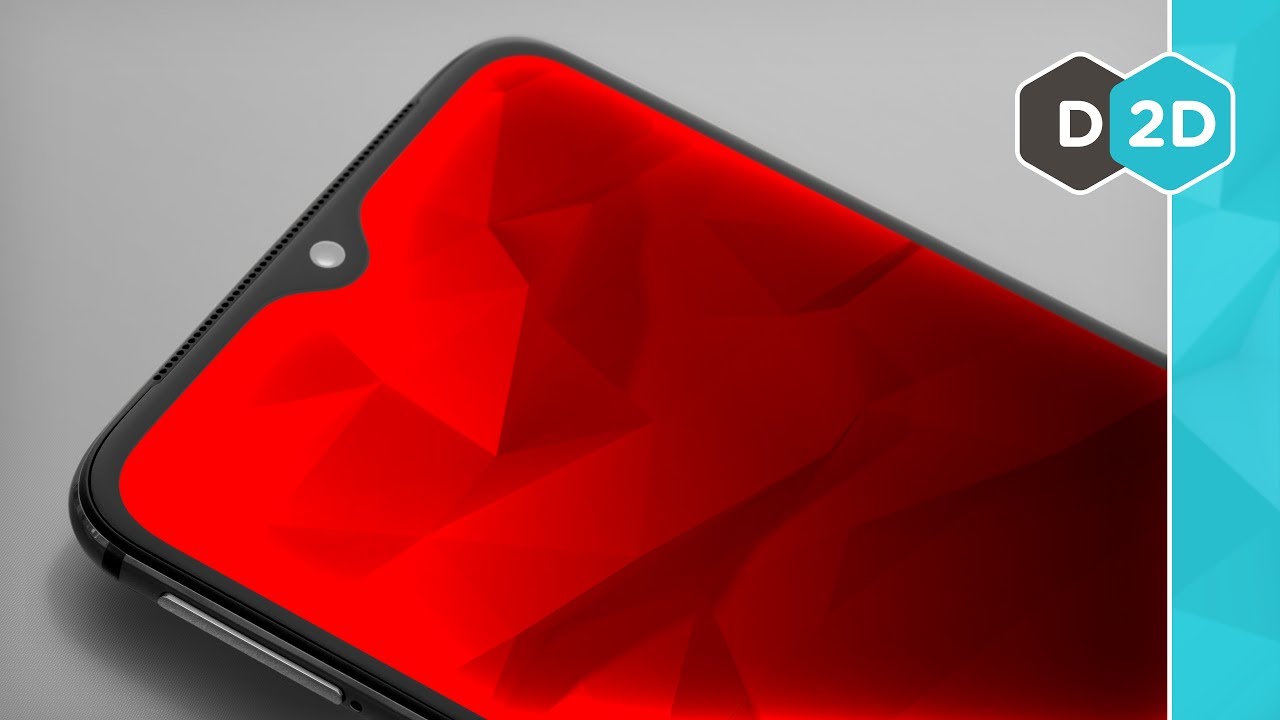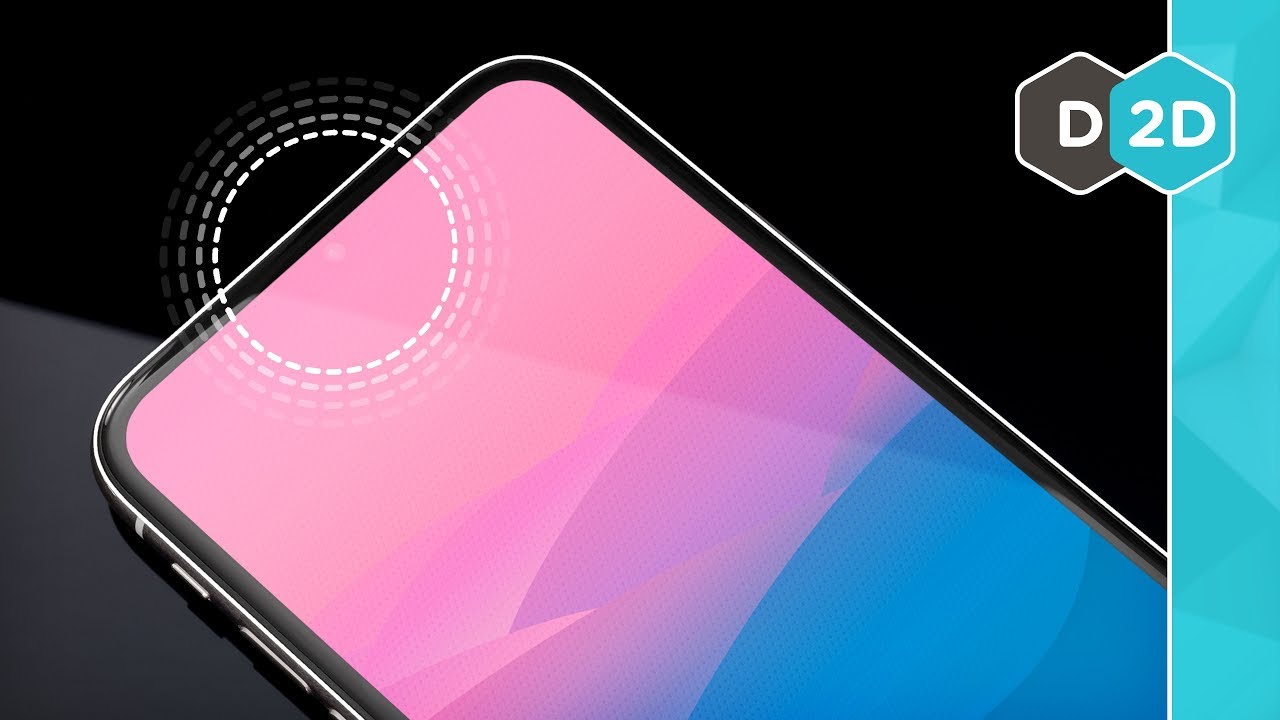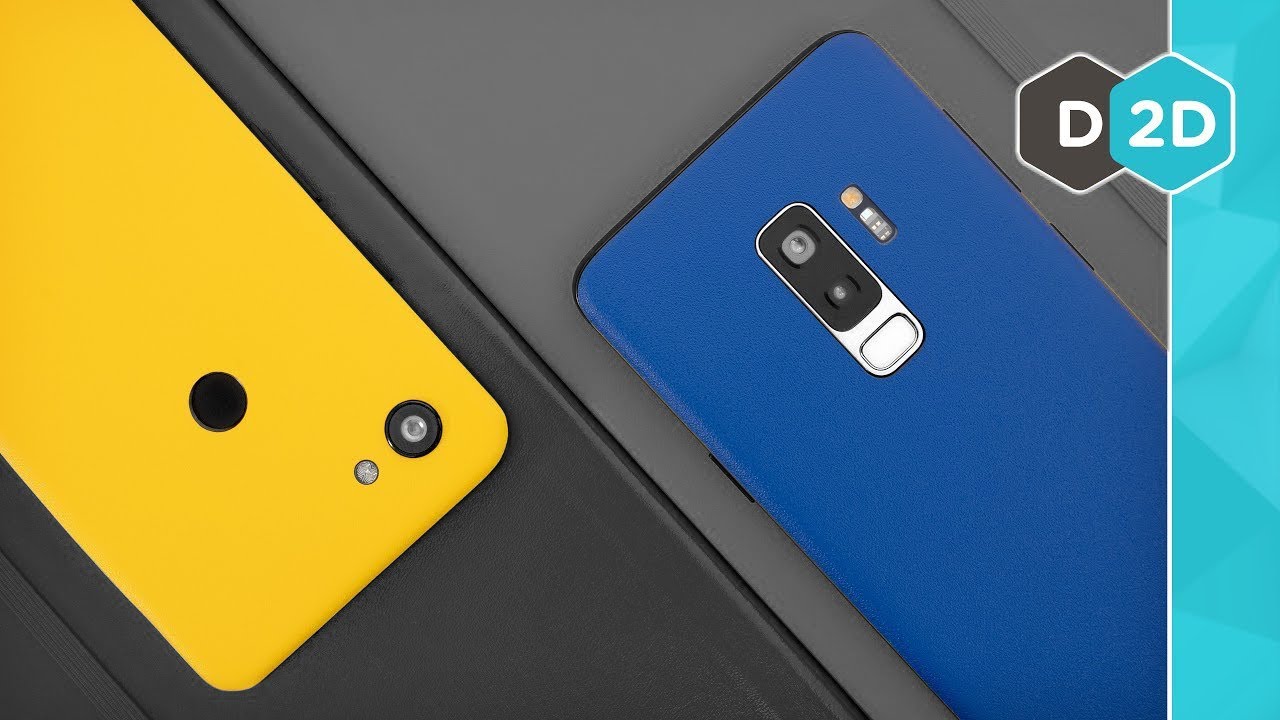
As 2019 comes to a close, Apple is stronger than it’s ever been. Its market cap is well over a trillion dollars, services are in full swing, and all indications are that the holiday quarter will both set a new record and recover from last year’s stumble.
But the road to success wasn’t nearly as clear in the closing weeks of the 2000s. Yes, there were clear signs of the iPhone’s impending dominance, but the Apple we know today was quite different 10 years ago. Here are the top 10 moments that defined Apple’s decade.
The iPad is unveiled
January 27, 2010
Apple entered several new categories over the past 10 years but none were more landscape-shaping as the iPad. An instant hit, the iPad took the iPhone’s 3.5-inch screen and super-sized it to 9.7 inches to make reading, watching movies, and surfing the web easier on the eyes. The iPad has spawned dozens of imitators, but no one has been able to nail it like the original iPad did.
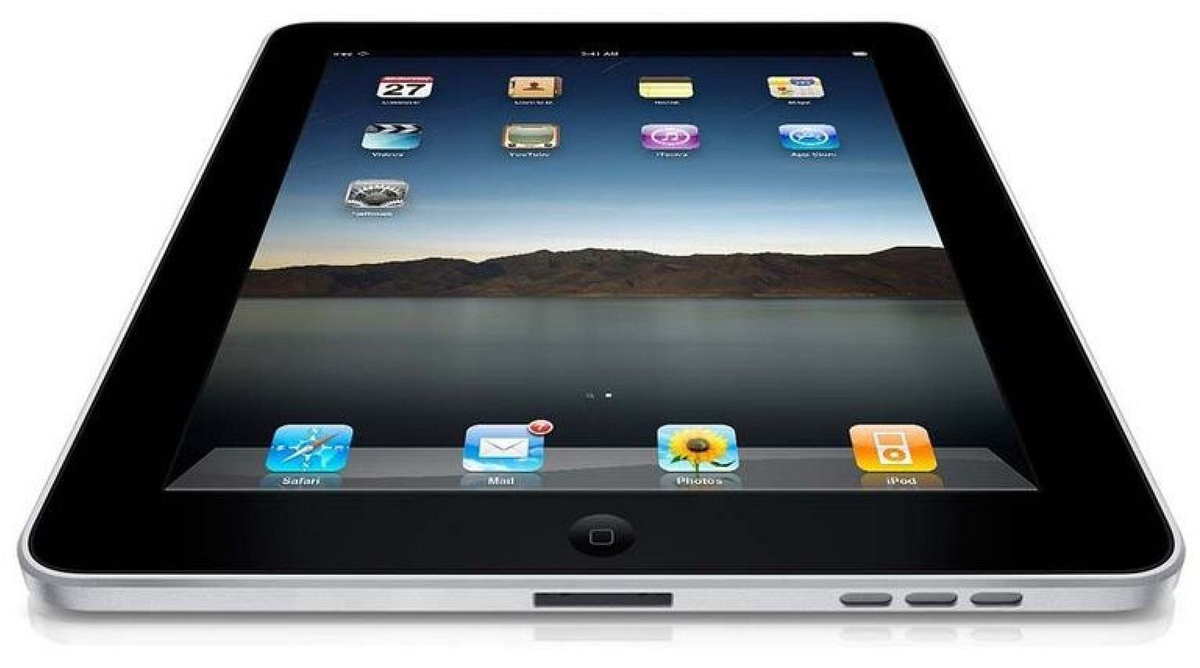 Apple
AppleSiri says its first words
October 4, 2011
The announcement of the very iterative iPhone 4s would have been completely overshadowed by the declining health of Steve Jobs if not for the introduction of the world’s first smartphone digital assistant named Siri. And it was mind-blowing, not so much for what it knew, but for how well it understood what you were asking. These days Siri has basically been lapped by Alexa and Google Assistant, but those first moments were downright magical.
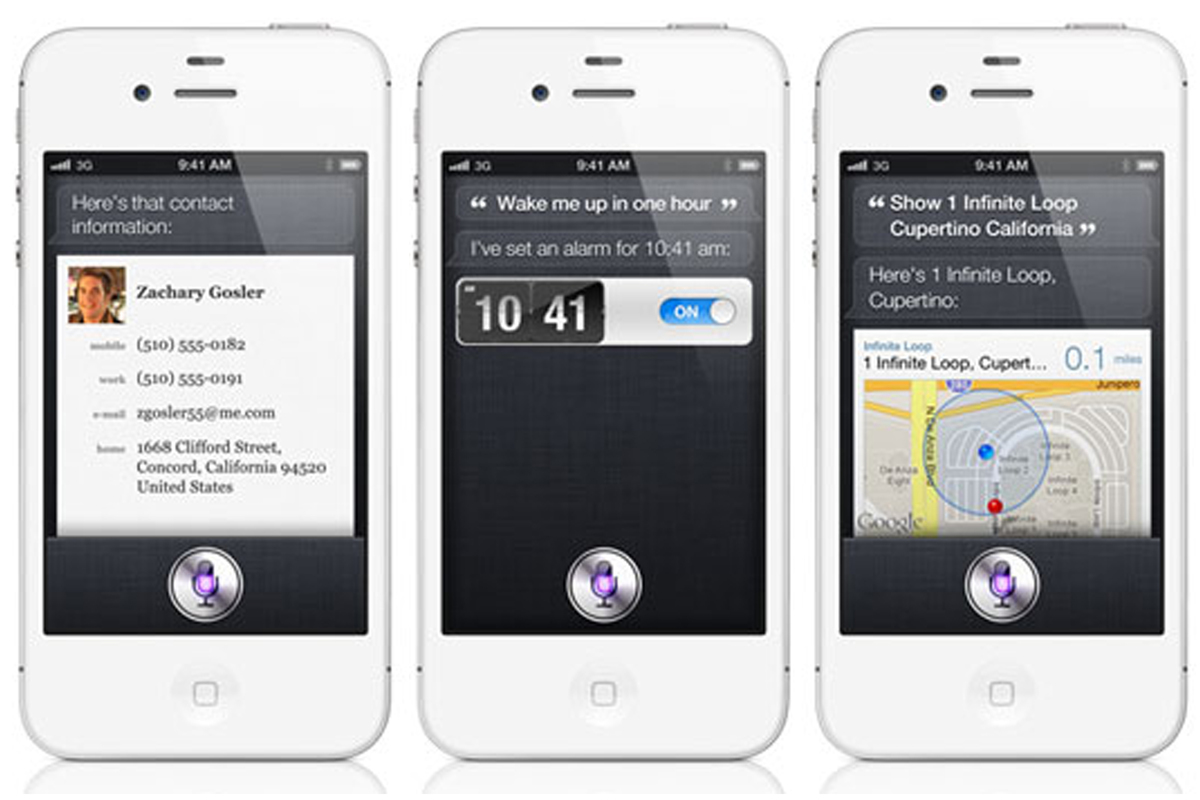 Apple
AppleSteve Jobs dies
October 5, 2011
We all know it was coking, but it was no less of a shock when we heard the news. Just a day after he missed the introduction of the iPhone 4s—though his empty “reserved” seat was prominently featured—and weeks after he stepped down as CEO and handed the reins to Tim Cook, Steve Jobs succumbed to his battle with cancer at 56 years old. Cook has done an admirable job filling Steve’s shoes as a CEO, but Apple may never fully recover from the loss of its founder’s vision.
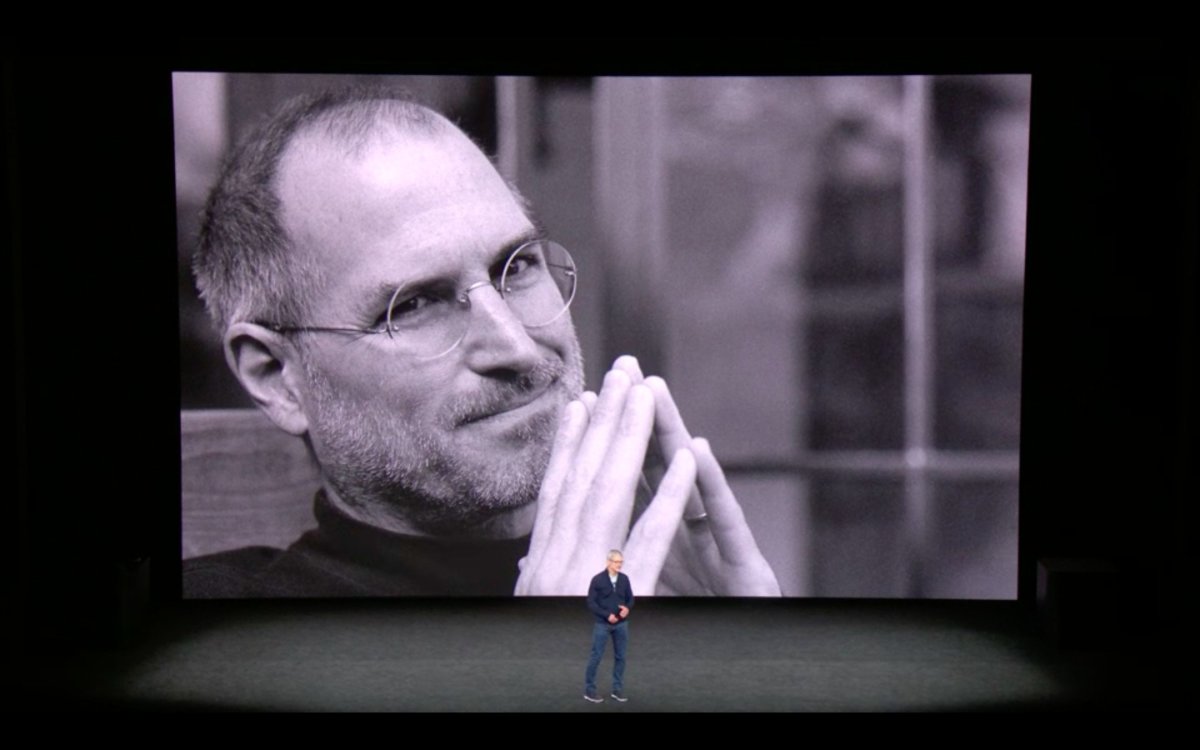 Apple
AppleiCloud replaces MobileMe
October 12, 2011
Perhaps Apple should have called it MobileMeaculpa. But iCloud wasn’t just a replacement for Apple’s beleaguered $99-a-year MobileMe service. More importantly, it cemented the iPhone as an independent device, moving files, photos, and music to a digital locker so they no longer needed to be stored on a Mac or PC. iCloud has steadily added features and functionality, and today it’s one of the most robust cloud services around. Even with the same meager 5GB of free storage it had when it launched.
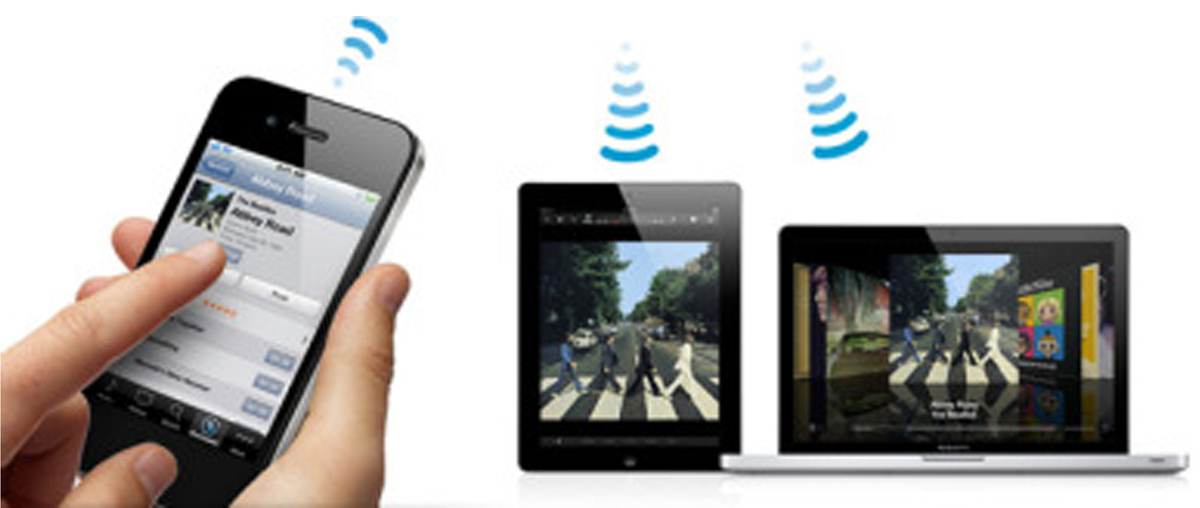 Apple
AppleThe iPhone opens up to Verizon
February 10, 2012
For five years, AT&T had exclusive rights to the iPhone, but that changed in 2011 with the launch of the first iPhone that supported Verizon’s CDMA network. It was a huge moment, not just for the iPhone, but for Nokia, BlackBerry, and every other handset sold in Verizon retail stores. It started off relatively slow, with just 2.3 million activations in the first quarter, but by the holidays,…
https://www.macworld.com/article/3510505/apple-decade-in-review.html#tk.rss_all











